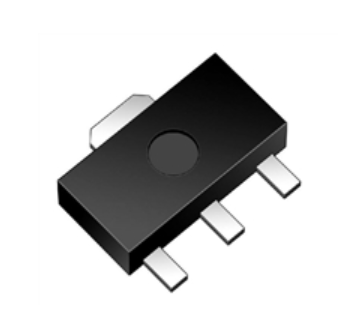Date:2025-06-27 Categories:Product knowledge Hits:287 From:Guangdong Youfeng Microelectronics Co., Ltd
Surface Mount Transistor is a commonly used electronic component used in amplification and switching circuits. It is manufactured using surface mount technology, compact and lightweight, suitable for high-density circuit board design. Surface mount transistors have good high-frequency characteristics, fast transmission speed, and low power consumption, and are widely used in electronic devices such as mobile communications, computers, televisions, and audio systems.
1、 The principle of surface mount transistor
A surface mount Transistor is an AD706JRZ-REEL7 bipolar transistor composed of three doped semiconductor layers: the emitter region (N region), the base region (P region), and the collector region (N region). According to different doping, it can be divided into two types: NPN type and PNP type.
NPN type surface mount Transistor: The emitter region is N-type, the base region is P-type, and the collector region is N-type.
PNP type surface mount transistor: The emitter region is P-type, the base region is N-type, and the collector region is P-type.
The working principle of surface mount Transistor is based on the forward and reverse bias of PN junction. When the surface mount transistor is in an amplifying state, the PN junction between the emitter region and the base region is forward biased, and the PN junction between the collector region and the base region is reverse biased. In this way, when the input signal is applied to the base, the current between the emitter and collector will change, achieving signal amplification.
2、 Structure of Surface mount Transistor
Surface mount technology (SMT) is used to manufacture surface mount Transistor, which have a relatively simple structure. It usually consists of four main components:
1. Emission area: The emission area of a surface mount transistor is a semiconductor region with a high doping concentration, usually N-type or P-type. Its main function is to inject charge carriers into the base region.
2. Base region: The base region of a surface mount Transistor is a semiconductor region with a low doping concentration, usually P-type or N-type. Its main function is to control the number of charge carriers injected into the emission region.
3. Collecting area: The collecting area of a surface mount Transistor is a semiconductor region with a high doping concentration, usually of N-type or P-type. Its main function is to collect charge carriers injected through the base region.
4. Metal pins: Surface mount transistors typically have three metal pins, namely the emitter, base, and collector, used to connect circuits.

Previous: Classification, Structure, and Principle of MOSFET